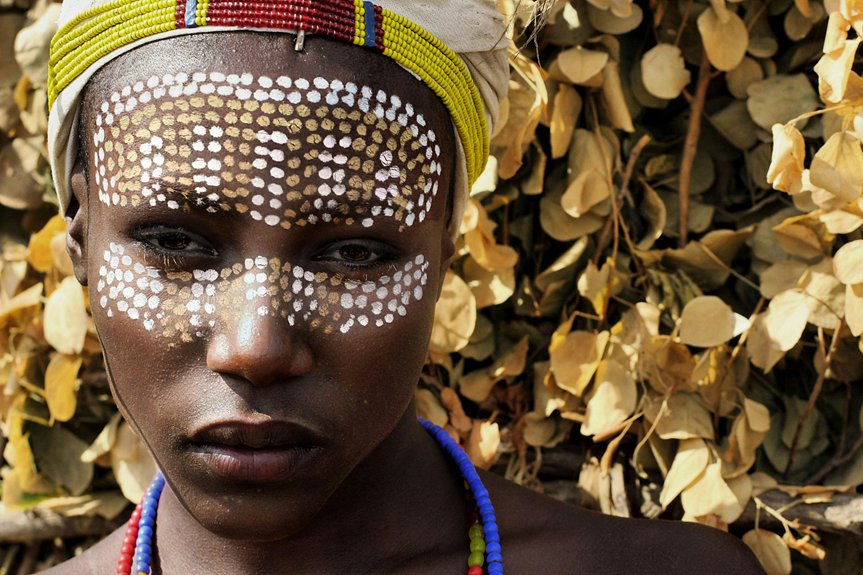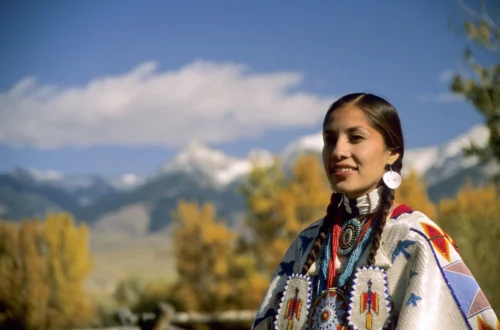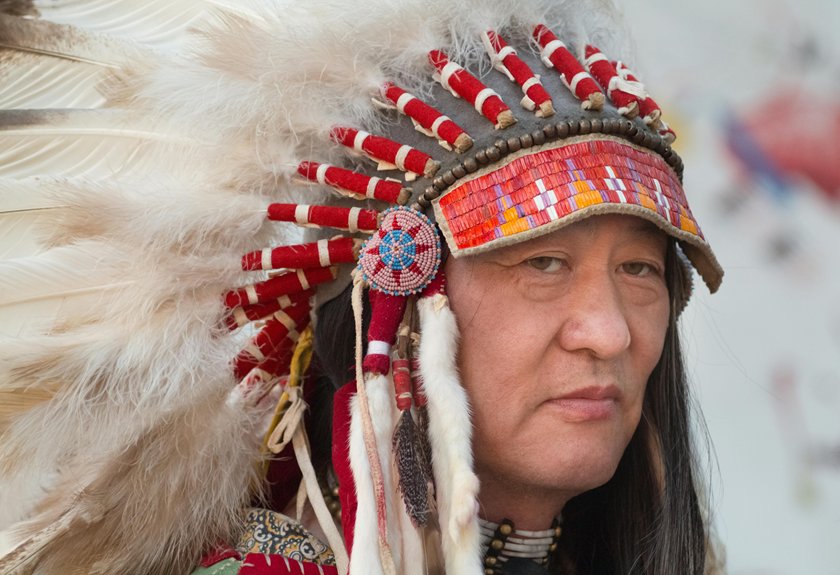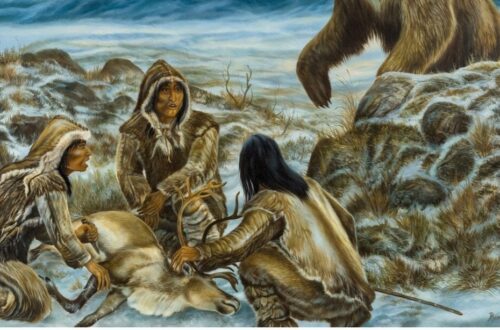Imagine a time when the Americas were a bustling hub of diverse societies long before the arrival of Native Americans. These early inhabitants crossed the Bering Land Bridge over 15,000 years ago, leaving behind traces of their complex lives. From archaeological sites to ancient artifacts, clues about their cultures invite you to explore the foundations of what would eventually become rich civilizations. What legacies did they leave behind, and how did they shape the land you know today?
The First Migrations: Peopling of the Americas
As you explore the early history of the Americas, you’ll discover that the first migrations of people onto the continent were a complex tapestry woven from diverse cultures and experiences.
These early inhabitants journeyed across the Bering Land Bridge, driven by resource needs and the quest for new lands. They weren’t a monolithic group; instead, they brought unique languages, traditions, and ways of life.
Over generations, they adapted to various environments, from the Arctic tundra to lush forests. Each migration added layers of cultural richness, shaping the identities of future Native American societies.
Understanding these early migrations helps you appreciate the profound history of human connection to this land, illuminating the resilience and ingenuity of its first peoples.
Archaeological Evidence of Pre-Native American Cultures
While many people associate the Americas solely with Native American cultures, archaeological evidence reveals a fascinating history of other groups that inhabited the land long before.
Excavations have uncovered sites like Monte Verde in Chile and the Buttermilk Creek Complex in Texas, showcasing human presence dating back over 15,000 years. You’ll find tools, fire pits, and remnants of ancient dwellings, indicating complex societies that thrived on hunting, gathering, and possibly early agriculture.
These discoveries challenge the notion of a singular narrative, highlighting a rich tapestry of cultures. Each find adds depth to our understanding of human migration and adaptation, reminding us that the story of America is filled with diverse voices and experiences waiting to be acknowledged.
Ancient Artifacts: Clues From the Past
Ancient artifacts serve as essential clues to understanding the lives of those who inhabited the Americas long before Native Americans. From intricately carved stone tools to ceremonial pottery, these objects reveal the skills, beliefs, and daily activities of early cultures.
As you explore these artifacts, you’ll encounter evidence of advanced craftsmanship and social organization, showcasing a rich tapestry of life. Each find, whether it’s a simple arrowhead or an elaborate effigy, tells a story of survival and adaptation to diverse environments.
Genetic Studies and Ancestral Links
Genetic studies have revealed fascinating insights into the ancestral links of the people who lived in the Americas long before Native Americans arrived. By analyzing ancient DNA samples, researchers have traced genetic lineages that suggest diverse migrations from various regions, including Siberia and beyond.
These findings indicate that the early inhabitants of the Americas weren’t a monolithic group but rather a tapestry of cultures and backgrounds. You’ll discover that genetic markers hint at complex interactions and adaptations to different environments.
Furthermore, ongoing studies continue to enrich our understanding of these early populations, offering a glimpse into their identities, languages, and lifestyles. Such knowledge deepens your appreciation for the rich, multifaceted history of the Americas long before recorded history.
The Role of Climate and Geography in Early Settlement
As climate patterns shifted and landscapes evolved, the early settlers of the Americas found both challenges and opportunities in their new environments.
You’d notice how the changing climate influenced food sources, pushing communities to adapt their hunting and gathering practices. Coastal areas offered rich marine resources, while fertile river valleys provided ideal conditions for agriculture.
These geographical features shaped not only settlement patterns but also social structures, as groups learned to work together for survival. Seasonal migrations became common, driven by the need for resources.
The diversity of climates—from arid deserts to lush forests—fostered a variety of cultures and innovations, each uniquely responding to their surroundings. Understanding these dynamics allows you to appreciate the resilience and ingenuity of early inhabitants.
The Legacy of Pre-Native American Inhabitants
While the origins of the Americas’ first inhabitants are often shrouded in mystery, their legacy is undeniably profound and far-reaching.
These early peoples laid the groundwork for future civilizations, influencing agriculture, trade, and social structures. You can see their impact in the diverse languages, art, and spiritual practices that emerged across the continent.
They cultivated crops like maize and beans, which still nourish millions today. Their innovative techniques in pottery and tool-making reveal a deep understanding of their environment.
As you explore the lands they once roamed, you’ll encounter ancient monuments and artifacts that echo their presence.
Acknowledging their contributions fosters a deeper appreciation for the rich tapestry of history that shaped the Americas long before the arrival of Native Americans.





